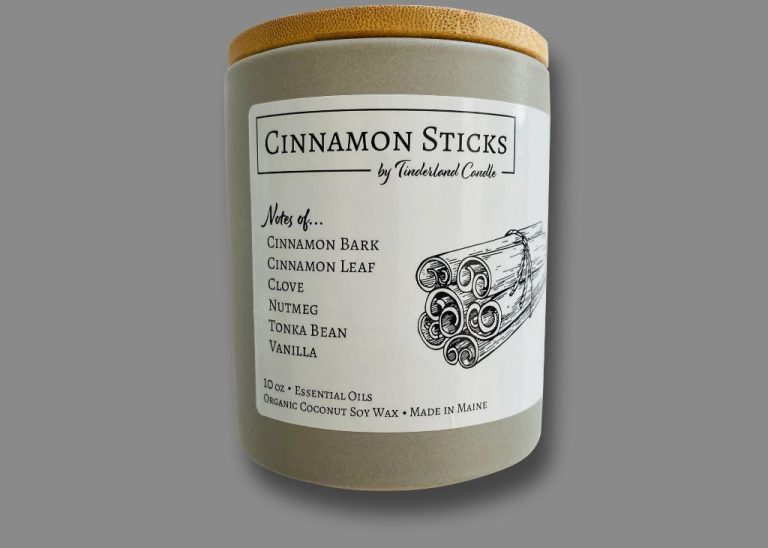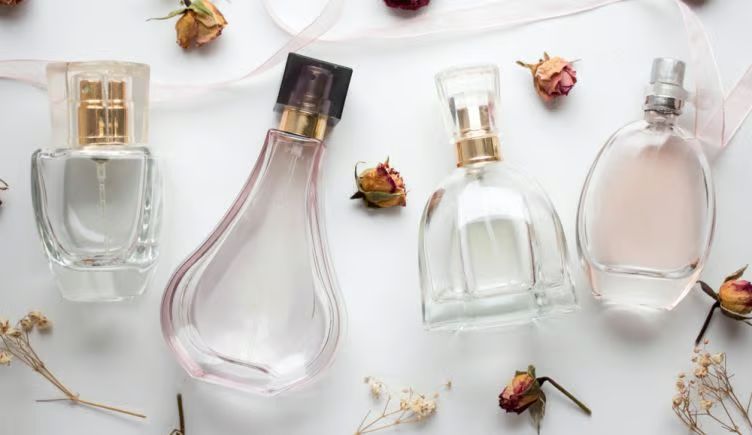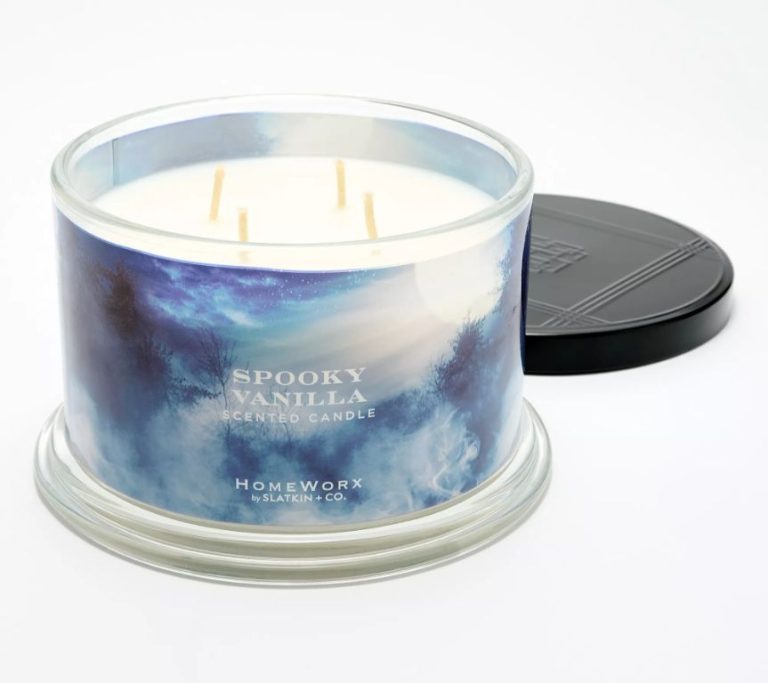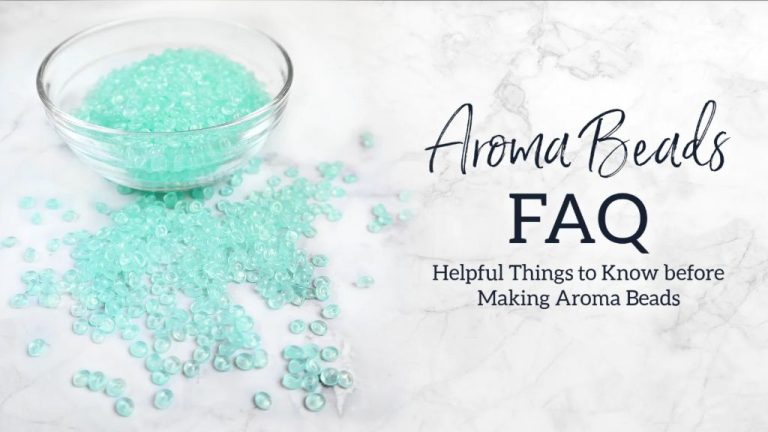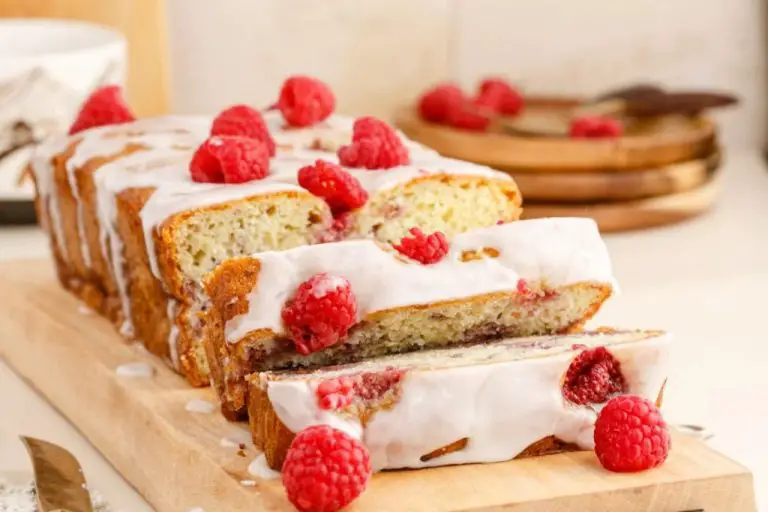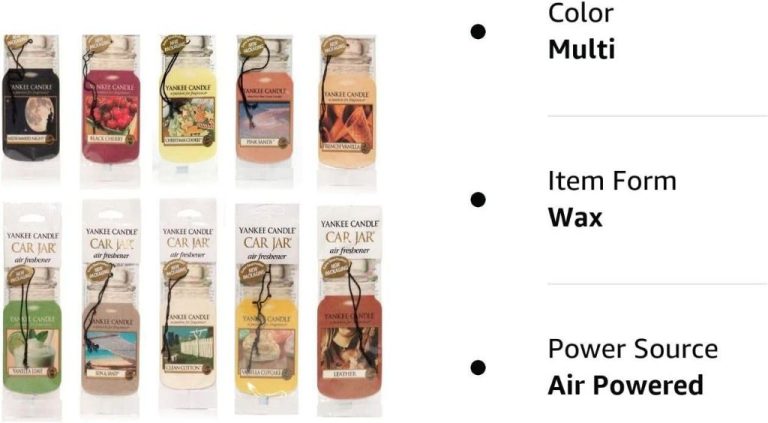What Are The Ingredients In Coffee Scrub?
A coffee scrub is a skin exfoliant made from coffee grounds mixed with oils, sugar, and other ingredients. Coffee scrubs have grown increasingly popular in recent years as a home spa treatment with numerous benefits for the skin.
Coffee grounds provide gentle yet effective exfoliation to remove dead skin cells, increase blood circulation, and leave skin feeling smooth. The caffeine in coffee can also help reduce the appearance of cellulite and puffiness. When combined with moisturizing oils and sugars, coffee scrubs cleanse, exfoliate, and hydrate the skin.
Studies show that the use of coffee scrubs continues to gain popularity given their ability to brighten, smooth, and rejuvenate the skin. Coffee scrubs have become a staple skincare product for many seeking to reveal soft, glowing skin.
Coffee Grounds
The main ingredient in any coffee scrub is used coffee grounds. Coffee grounds provide excellent exfoliating properties to remove dead skin cells and reveal smoother, brighter skin. The grounds themselves contain caffeine, which can temporarily tighten and firm the skin when applied topically (source). When exfoliating with coffee grounds, you can use either coarse grounds or fine grounds depending on your preference:
Coarse coffee grounds provide more intense exfoliation, sloughing off dead skin cells and unclogging pores. The coarser texture scrubs away rough patches more effectively. However, coarse grounds may be too abrasive for sensitive skin types.
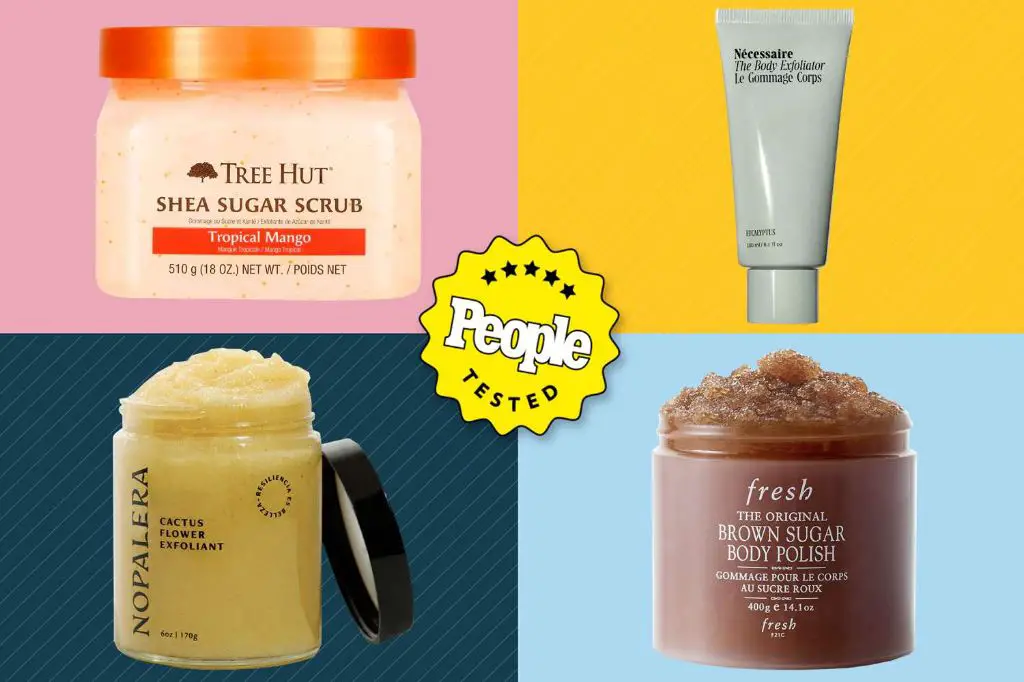
Fine coffee grounds offer gentler exfoliation. The smaller grounds still lift away dead skin cells but won’t cause as much redness on sensitive skin. However, fine grounds may not exfoliate as deeply.
You can use whichever coffee ground texture you prefer based on your skin type and exfoliation needs. Freshly used coffee grounds are ideal, but you can reuse leftover grounds from your morning brew as well.
Oils
Coffee scrubs typically use carrier oils like coconut, olive, almond or jojoba oil. These oils help moisturize and nourish the skin while exfoliating.1
Coconut oil is a popular choice because it has antimicrobial and moisturizing properties. It’s a good match for normal to dry skin. Olive oil contains antioxidants and fatty acids that are great for sensitive or dry skin. Almond oil is light and absorbs easily, making it a nice option for oily skin. Jojoba oil is similar in structure to the skin’s natural oils so it gets absorbed well.2
For very dry skin, using a heavier oil like coconut or olive oil is recommended. For oily skin, lighter oils like jojoba or grapeseed are better options. No matter your skin type, look for cold-pressed, unrefined oils which retain more nutrients.
Essential oils like peppermint, cinnamon and rosemary also have benefits when added to coffee scrubs. However carrier oils do the heavy lifting when it comes to moisturizing.
Sugar
Sugar is one of the main exfoliants in coffee scrub. Both white and brown sugar can be used, but they provide slightly different properties. White sugar has smaller granules that are more abrasive, while brown sugar has larger crystals that are more gentle on the skin (1). The exfoliating particles of sugar help to slough off dead skin cells, leaving skin looking renewed and glowing. The texture of the sugar also helps the scrub glide smoothly over the skin while scrubbing (2).
Brown sugar contains molasses, giving it a richer color and flavor. The moistness of the molasses makes brown sugar scrub more hydrating for dry skin types. Meanwhile, white sugar is better for oily or acne-prone skin since the smaller particles can penetrate deeper into pores. Ultimately, the choice between white and brown sugar comes down to personal preference and skin type.
No matter which type you choose, sugar’s granulated texture makes it an ideal – and skin-friendly – exfoliant for coffee body scrubs. Just be sure to stir the mixture well before use so the sugar evenly distributes throughout the scrub.
(1) https://www.gimmesomeoven.com/diy/diy-coffee-sugar-scrub/ (2) https://olivesfordinner.com/homemade-coffee-sugar-scrub/
Essential Oils
Essential oils give coffee scrubs some great benefits in addition to exfoliation. Many essential oils have aromatherapy benefits. For example, lavender essential oil is known for its calming, soothing scent that can relieve stress (https://www.ouroilyhouse.com/homemade-coffee-scrub/). On the other hand, citrus essential oils like grapefruit, lemon, and orange have bright, energizing scents that can uplift your mood.
When choosing essential oils for your coffee scrub, think about whether you want the scrub to have a soothing effect or an energizing effect. Lavender, chamomile, and vanilla oils tend to be more calming. Citrus oils like grapefruit, lemon, and orange tend to be more energizing. You can also create a scrub with a blend of oils for a more balanced effect.
Salt
Salt is a key ingredient in coffee scrubs for its exfoliating properties. The coarse grains of salt gently buff away dead skin cells, promoting circulation and leaving skin feeling smooth and refreshed. Sea salt and table salt can both be used, but sea salt is often preferred for its larger crystal size and mineral content.
Sea salt contains minerals like magnesium, potassium, and calcium that can be beneficial for the skin. The larger grains provide a more thorough exfoliation than table salt. Dead skin cells are sloughed off, while allowing the minerals to be absorbed. This helps reduce acne, even out skin tone, and improve texture. Always opt for coarse or kosher sea salt rather than fine varieties, which dissolve too quickly on the skin to exfoliate properly.
Table salt is typically fine and dissolves readily in water. While it will provide some light exfoliation, the smaller grains are not as effective for scrubbing away dead skin. Table salt also lacks the mineral content of sea salt. However, it can still help shed dull surface skin when used in a scrub. Just avoid varieties with additives like iodine.
Overall, coarse sea salt is the best choice for coffee body scrubs. The larger grains provide thorough exfoliation and mineral benefits that enhance the scrub’s skin renewal properties (Source). But regular table salt can also be used in a pinch to create an invigorating scrub.
Other Optional Ingredients
While coffee grounds, oils, sugar, and salt form the base of most coffee scrub recipes, you can also add other ingredients to customize the scrub for your skin type and preferences.
Some popular optional ingredients include:
- Honey – With its antibacterial and moisturizing properties, raw honey makes a great addition for acne-prone or dry skin. Honey also helps the scrub glide smoothly over the skin.
- Vanilla – The subtle scent of vanilla is a nice complement to the coffee aroma. Vanilla also has antioxidants to nourish skin.
- Cocoa powder – Cocoa is rich in antioxidants and gives the scrub a lovely chocolate scent. Look for raw cacao powder, which retains more nutrients than processed cocoa.
- Spices – Warming spices like cinnamon, nutmeg, and ginger stimulate blood flow to refresh dull skin. But start with a small amount, as they can irritate sensitive skin.
Feel free to experiment with your own custom blend of optional ingredients. Just be sure to do a patch test first, especially if you have sensitive skin.
Making Your Own Coffee Scrub
To make your own coffee scrub at home, it is a relatively simple process and you likely have most ingredients already on hand. Here are the step-by-step instructions to make a basic coffee scrub:
Ingredients:
- 1/2 cup used coffee grounds
- 1/2 cup granulated sugar (white or brown)
- 1/4 cup coconut oil or olive oil
- Optional: Few drops of essential oil for fragrance
Instructions:
- Gather the ingredients and add the coffee grounds and sugar to a bowl. Mix well.
- Melt the coconut or olive oil either on the stove or in the microwave for 30 seconds. Add the oil to the coffee mixture.
- Add any optional essential oils at this point and mix again until thoroughly combined.
- Transfer the scrub to an airtight container like a mason jar. Store in a cool, dry place.
Here are some tips for making your own customized coffee scrub:
- For oily skin, use brown sugar instead of white sugar which is more gentle.
- For dry skin, use more oil like almond or jojoba oil which are extra moisturizing.
- For sensitive skin, omit the essential oils which may cause irritation for some.
- For exfoliation, add sea salt or epsom salts to the scrub.
Feel free to tweak the basic recipe with ingredients you have at home to create a custom coffee scrub. Make sure to do a patch test first before applying all over sensitive skin. Enjoy your homemade scrub!
Storing Coffee Scrub
Properly storing your coffee scrub is important for preserving its shelf life and potency. The ingredients in coffee scrubs can go rancid over time, so you’ll want to store it correctly. Many homemade coffee scrubs will last 3-6 months when stored properly in an airtight container (Source).
The best containers for storing coffee scrub are airtight jars or bottles made of glass or plastic. Mason jars work perfectly, as do recycled food jars with tight-fitting lids. Make sure to store the scrub away from heat, light, and moisture to avoid the oils going rancid (Source).
While not required, you can refrigerate coffee scrub to extend its shelf life. The cool temperature helps slow down oxidation of the oils. Make sure to let the scrub return to room temperature before each use. Refrigeration can extend a coffee scrub’s shelf life from 3-6 months up to 12 months (Source).
Using Your Coffee Scrub
Coffee scrubs can be used 1-2 times per week for the best results. Be sure not to over-exfoliate, as this can cause irritation. Gently massage the coffee scrub onto damp skin in circular motions for 2-3 minutes, focusing on any problem areas. Take care not to scrub too aggressively. Rinse thoroughly with warm water to remove all traces of the scrub. Pat skin dry with a clean towel. For best results, follow up with a moisturizer while skin is still damp to lock in hydration.
According to wikiHow, massaging the scrub onto skin helps boost circulation and remove dead skin cells and impurities [1]. Thorough rinsing is key to prevent any scrub particles from remaining on skin. BodyBlendz also recommends massaging the scrub onto skin in circular motions before rinsing [2].

